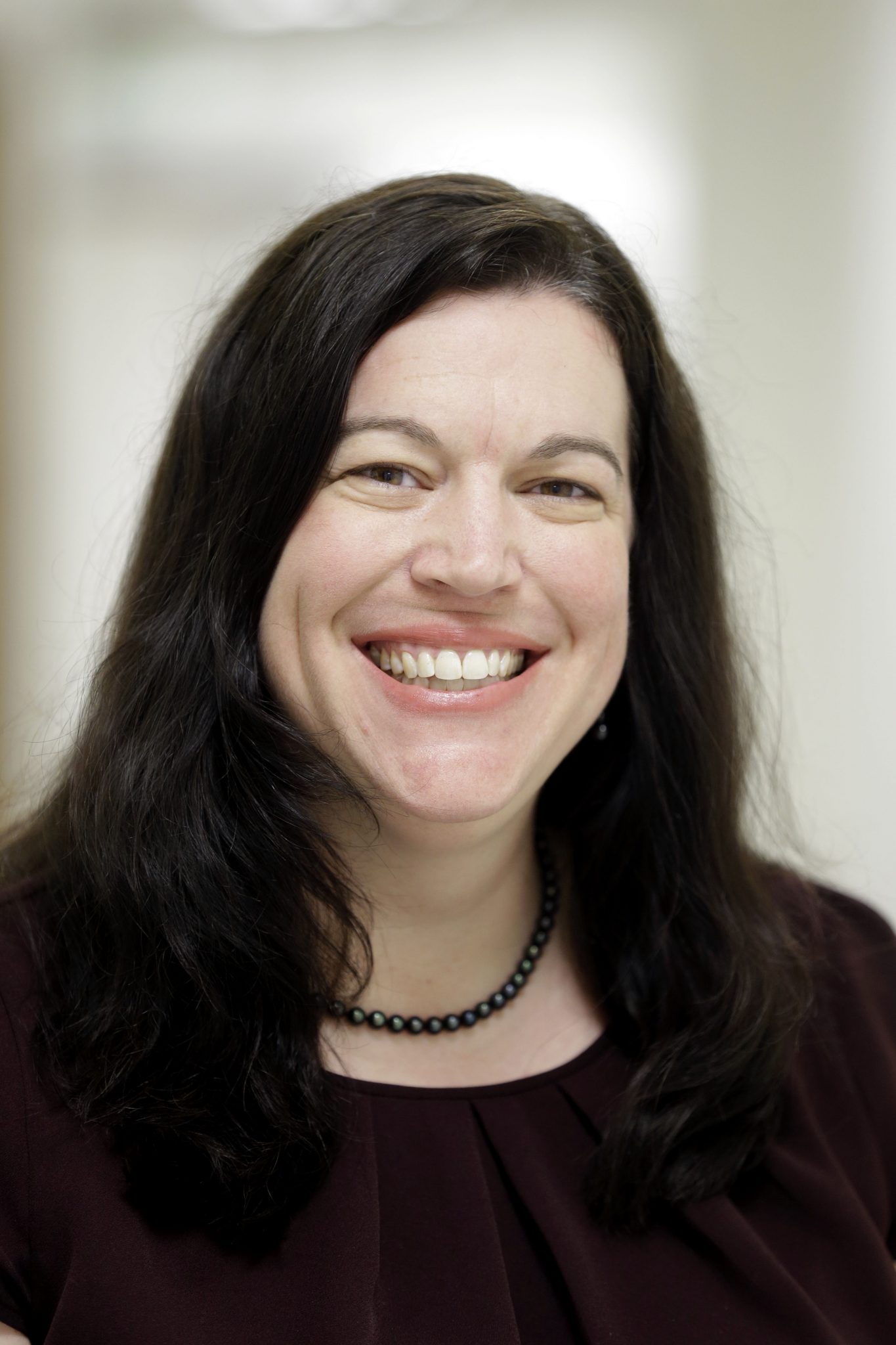Louisiana lawmakers are moving behind-the-scenes conversations about redrawing state political maps to public hearings around the state over the next three months, to discuss the once-a-decade process that decides how people are represented in government.
Though the redistricting process may seem arcane, the district lines that lawmakers intend to set in a February special session will help determine which political parties, viewpoints and people control the government bodies that write laws, set utility rates and create policies for public schools.
State lawmakers use the U.S. Census data released every 10 years to redesign the political maps for seats in the U.S. House, state Senate, state House, Board of Elementary and Secondary Education and Public Service Commission to account for population shifts and evenly distribute people among districts. They’re also considering adding the courts to the list of mapmaking tasks this time.
Ahead of the special session, the general public will get to offer its thoughts at regional “roadshow” hearings in Louisiana’s major metropolitan areas: Monroe, Shreveport, Lafayette, Alexandria, Baton Rouge, Covington, Lake Charles, New Orleans and Thibodaux.
“The roadshow is going to help us find out better what communities of interest belong together,” said Senate President Page Cortez, a Lafayette Republican.
Maps will have to be adjusted to reflect the loss of population across Louisiana’s northern and rural parishes and the gains in the New Orleans region, the suburban areas surrounding Baton Rouge and other southern parishes.
Redistricting is one of the most important — and political tasks — lawmakers will handle.
Those who aren’t term-limited will try to craft districts favorable to reelection bids. Those considering other possible elected jobs could try to draw maps to help, or seek to create districts that could boost election prospects for a friend, family member or ally. They’ll face competing interests from political parties, community leaders and special interest groups.
Republicans are looking to further assert their dominance. They’ll be trying to redesign some House seats held by white moderate Democrats to become more favorable to the GOP. They want to edge up their numbers in the state House, to reach the crucial two-thirds bloc that can overturn a gubernatorial veto and decide critical budget and tax issues without needing Democrats’ votes. They already have such a super-majority in the Senate.
Some Republicans are angling to redraw legislative districts to favor more ideological conservatives and move the Legislature farther to the right.
The chairman of the Republican Party of Louisiana, Louis Gurvich, told the party’s governing body in August that redistricting is “going to be a tough, bloody mess.”
“In the Legislature, that’s when you’re going to find out who you’re real friends are,” Gurvich said.
Democrats want to reverse years of lost clout in the state House and Senate. If they lose more seats to the GOP, they’d have little chance to move an agenda and could be sidelined from legislative debates. Black Democrats are seeking to boost minority representation among districts.
“These are very, very high stakes we’re talking about,” New Orleans Democratic Rep. Royce Duplessis, vice chairman of the House redistricting committee, said on a webinar held by the Southern University Law Center and left-leaning organizations.
With Louisiana continuing a decades-long trend of population decline in its northern parishes, lawmakers will revisit a debate from 10 years ago: whether to maintain two of the state’s six U.S. House seats in north Louisiana or to consolidate to one northern-based district along Interstate 20.
“I think that everything needs to be considered, otherwise you do the process an injustice,” Cortez said. “We want to make sure that congressional representatives are representing communities of interest. There will be a lot of debate about that.”
Lawmakers also are showing interest in reworking maps for the Louisiana Supreme Court’s districts, which were last updated in 1997 based on census data from 1990. The Legislature has the authority to draw court districts, but regularly avoids the task rather than get into thorny disputes involving judicial politics. This cycle could change that.
Since Republicans don’t have enough votes in the House to override Gov. John Bel Edwards’ vetoes on their own, the Democratic governor could play a critical role in swaying map designs. Edwards has offered few details on what he’d like to see, but said on one of his monthly radio shows: “That’s something I’ll take a keen interest in.”

